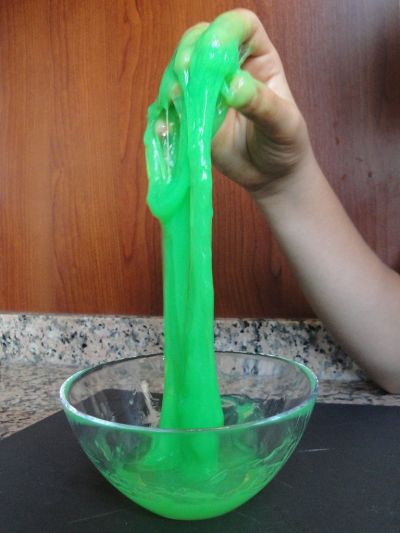EU-funded scientists are developing a new era of plastic materials that have the ability to self-heal spontaneously, just like living organisms do. Such materials will have important implications for more durable vehicles and safer and more durable roads.
Elastomer materials are made of polymers that are joined by chemical
bonds, acquiring a final cross-linked structure. In the EU-funded
project 'Self healing innovative elastomers for dynamic seals, damping
and noise reduction' (
SHINE),
scientists are working on developing a new generation of self-healing
elastomers with mechanical properties comparable to conventional ones.
SHINE's new material will repair itself repeatedly and will be able to
recover more than 60 % of its initial properties.
The strategy for synthesising self-healing elastomers is to introduce reversible chemical bonds — covalent or ionic — into the material. When a material is cross-linked by dynamic chemical bonds, these are in constant exchange, healing the potential damage without the aid of any external agent.
So far, scientists have manufactured a variety of sample elastomers at lab scale. These include supramolecular elastomers based on self-healing hybrid epoxy, self-healing thermoset elastomers with reversible covalent cross-links, self-healing nanoparticles and self-healing nanoparticle-polymer composites. Furthermore, they have manufactured self-healing ionomeric elastomers and deuterated polymers for neutron scattering experiments.
The new materials that also boast less maintenance and lower energy costs should find use in a variety of applications. These include seals for wind turbines and other machines such as vehicles, vibration and noise reduction systems for roads and bridges, and new kinds of asphalt.
Next to the development of new self-healing elastomers also methods for the proper analysis of these materials, in relation to their applications or in their applications, will be developed. This is important to substantiate and quantify the functionality of the new materials and their potential use.

